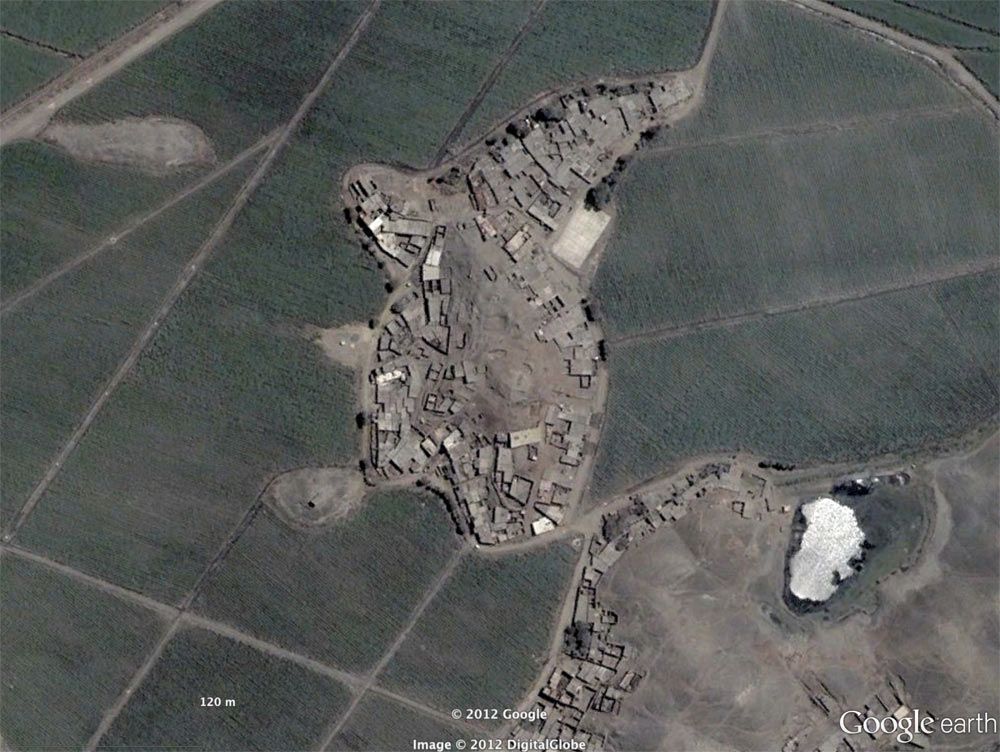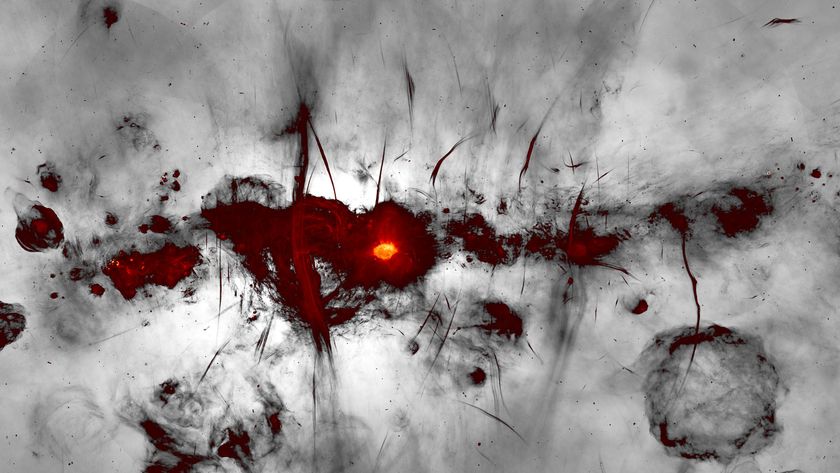Mysterious Animal-Shaped Structures Are Oldest Known

Manmade mounds shaped like orcas, condors and even a duck may be the oldest evidence of animal mounds outside of North America, according to former University of Missouri anthropologist.
Writing in the magazine Antiquity, Robert Benfer, a professor emeritus, describes a series of mounds, some more than 1,300 feet (400 meters) across, in coastal valleys in Peru. Archaeological evidence at the sites pegs some at more than 4,000 years old.
"It's going to shake everybody's views," Benfer told LiveScience. "The previous oldest animal figures were at Nazca and they're 2,000 years old."
The Nazca Lines are simple stone outlines of animals decorating the Nazca Desert in Peru. Like the newly discovered mounds, they may have had ritual significance. In addition, the shapes likely coincided with the constellations these ancient people saw in the Milky Way.
Strange shapes
Benfer discovered the mounds while looking at satellite photos of a site about which he'd long held suspicions. The feature seemed shaped like a condor, he said, but archaeological wisdom suggested that animal effigy mounds were a North-America-only phenomenon, with few exceptions, such as one at a Central America site in Mexico.
The satellite photos revealed furrows that looked like teeth as well as a burned charcoal area perfectly positioned in the spot where the eye of the bird would be. Global positional system (GPS) information and an archaeological investigation of the site convinced Benfer that he was, in fact, looking at a condor-shaped mound, with the eye likely being a site where offerings were burned. The condor is oriented according to astronomical rules: It lines up with the most extreme orientation of the Milky Way as seen from the Chillón Valley where the mound is found. [See Images of the Animal Mounds]
Sign up for the Live Science daily newsletter now
Get the world’s most fascinating discoveries delivered straight to your inbox.
Next to the condor is a second mound, this one oriented toward the spot where the sun rises on the day of the June solstice, the start of summer. This 1,062-foot-long (324 m) mound appears to be a combination puma and alligatorlike cayman, Benfer reported. Stone pillars, plastic structures and ancient ceramics are associated with all of the sites.
Astronomical markers
In another Peruvian coastal area, the Casma Valley, Benfer discovered two additional birdlike figures, both "looking" toward the June solstice sunrise. Most likely, he said, these mounds were built under the direction of astronomer-priests. The ancient civilization that constructed the mounds would have depended on astronomical clues to know when to plant and harvest crops, and fish, Benfer said. This astronomical knowledge would eventually turn up in the Inca civilization in the 1400s and 1500s, which recognized the same constellations.
"This was the beginning of a very long tradition," Benfer said.
The oldest of the sites dates back to 2200 B.C. Benfer plans to return to the mounds to extract organic material for more precise radiocarbon dating, which is based on the time it takes that carbon to decay. The four large mounds are only the tip of the iceberg, he added — he has explored only five of the 54 valleys along the Peruvian coast and has found numerous smaller mounds, including ones shaped like orcas and even a duck. Many unexplored valleys likely hold more mounds, Benfer said.
"It's a totally unexpected find," he said. "It's especially unexpected to archaeologists like me who had walked over some of these sites before without realizing what we walked over."
You can follow LiveScience senior writer Stephanie Pappas on Twitter @sipappas. Follow LiveScience for the latest in science news and discoveries on Twitter @livescience and on Facebook.

Stephanie Pappas is a contributing writer for Live Science, covering topics ranging from geoscience to archaeology to the human brain and behavior. She was previously a senior writer for Live Science but is now a freelancer based in Denver, Colorado, and regularly contributes to Scientific American and The Monitor, the monthly magazine of the American Psychological Association. Stephanie received a bachelor's degree in psychology from the University of South Carolina and a graduate certificate in science communication from the University of California, Santa Cruz.











